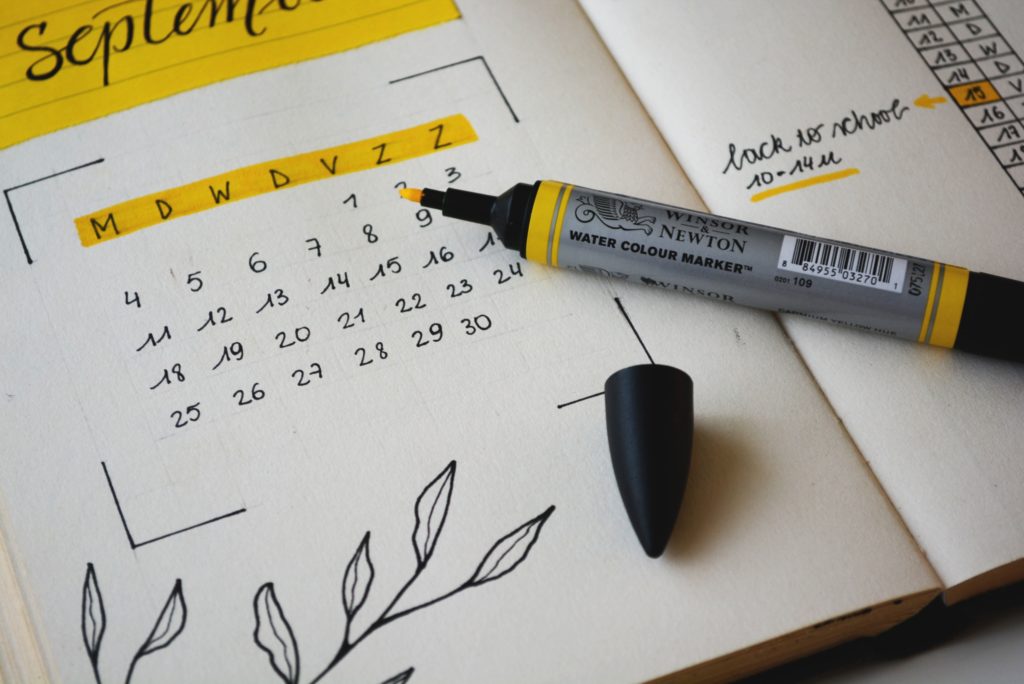Hi everyone!
We hope you all had a safe and happy Fourth of July. This week we’re continuing with our Director of the Toledo Market, Suzanne Brockway, as she shares her thoughts on Twyla Tharp and Mark Reiter’s book The Creative Habit: Learn it and Use it for Life. Make sure to order your copy or place a hold at your local library!
Introduction
Twyla Tharp is one of the world’s most renowned dancers and dance choreographers. Not only has she choreographed and produced many plays and performances – for over 50 years she’s run her own business. The Creative Habit is Twyla’s self-help book for the creatively challenged. Her general philosophy is that creativity is a habit, a product of preparation and effort, and not necessarily just a God-given gift that only some people have. Creativity is not just for artists, it’s for business people looking for a new way to close a sale, it’s for engineers trying to solve a problem, it’s for parents who want their children to see the world in more than one way.
Chapter 4 – Harness Your Memory
Memory is the skill that lets us store away the vital and seemingly trivial data and images as experiences of our lives. The real secret of creativity is to go back and remember. It is about taking the facts, fictions, and feelings we store away and finding new ways to connect them. The metaphor is the lifeblood of all art if it is not art itself. It is not only how we express what we remember, it’s how we interpret it for ourselves and others. If all art is a metaphor, then all art begins with memory. We remember much more than we think in ways that we don’t usually consider.
Are you a compulsive note-taker? Or one of those lucky people with a total recall? If you’re like me and struggle with keeping track of your tasks, take a look at bullet journaling. Bullet journaling is an artistic and customizable organization system. Anything can be included in your bullet journal from your grocery list, your diary, or your best selling book ideas! Bullet journaling is not only a creative way to keep track of ideas but it helps teach you to do more with less. I personally use my bullet journal to keep track of those dreadful meeting notes that chafe my artistic temperament.
In this digital age, it’s easy to forget how important muscle memory can be in your creative practice. Recent studies have shown that our brains better respond to the haptic sensation of writing or drawing and allow us to more fully encode the information we are trying to learn. With this in mind, when you’re feeling creatively stuck or are struggling to learn a new skill, consider copying or doing variations on a master’s theme to help you develop and deepen your own work. Traveling the paths of greatness, even in someone else’s footprints, is a vital means of acquiring skill, feel empowered to apprentice yourself to your heroes! One of my favorite artist “dates” is to copy from the Masters at our world famous Toledo Museum of Art galleries. Consider the process called “shadowing” following around a mentor and learning from him. If you know of a good children’s book illustrator that is looking for friendship please give me a call!
If you’re interested in learning more about artistic shadowing and finding creativity I highly suggest this book!
Chapter 5 – Before You Think out of the Box, You Have to Start with a Box
For each creative project, you undertake, make a collection of materials that will aid you in that creative process. In Twyla’s case, when she begins a new project she puts materials into a box that provide all the information and inspiration she’ll need to push through. Your box doesn’t have to be a box, it can be drawers, a tack board, a Pinterest board, or a folder on your computer. Think outside the box! You can fill your box with whatever you want, everything is fair game. Personally, I like to add magazine/newspaper clippings, sketches, photographs, and ephemera to my box. No matter what your box looks like or contains, as long as it creates order and commitment it’ll work.
It’s important to remember that the box is not a substitute for creating, it is the raw index of preparation. The box is the repository of creative potential, but not that potential realized. Sadly, some of us never get beyond the box stage in our creative life. Weeks, months, years pass and nothing is produced. Don’t be trapped in the box; free yourself and put it away for another day. Start a new box knowing that everything you have done up to now is in the old one, you can always come back to it.
The box technique gives you a chance to look back and reflect on your past work, it’s a good place to go when you are feeling lost. Respect your box’s strange and disorderly ways, your box is proof that you prepared well.
Chapter Six – Scratching
“Scratching” is Twyla’s term for searching for that little tiny grain of an idea that will grow into something big. Scratching is where creativity begins, it’s that first small start towards a creative piece that sets it apart from the other ideas. You can start project after project and build box after box but without the spark of something else, it’s just junk in a box taking up space in your office. Scratching is what you do when you can’t wait for the thunderbolt to hit you. As Freud said, “When inspiration does not come to me, I go halfway to meet it.” So start improvising and leave yourself open to everything.
Here are some things that you can do to help you scratch:
- Read and keep your mind disciplined; listen and hear ideas in everyday conversations. Doing these things will help you expand and shift your worldview!
- Visit exhibitions and enjoy other people’s handiwork. Scratch in the footsteps of your mentors and heroes.
- Seek out nature, take a little field trip and challenge yourself. The whole world can be a museum that you own. With a goal in mind, any venue or destination can become a valuable journey.
- Unleash your energy and watch it bounce off everything in its path. Don’t think about what you’re creating, let it be awful and awkward and wrong. You can fix the results later, but you won’t generate the ideas at all if you don’t run free.
Sometimes true creativity happens after you let go of your original plan. The difference between good and bad ideas is a lot like E.M. Forster’s distinction between narrative and plot. The plot is “The Queen died; the King died.” The narrative is “The Queen died; the King died of a broken heart”.





